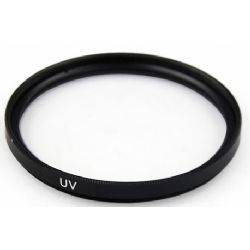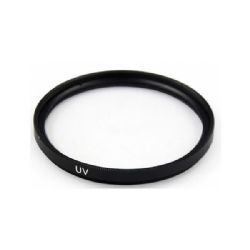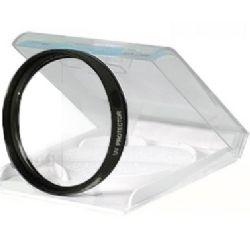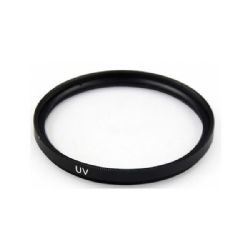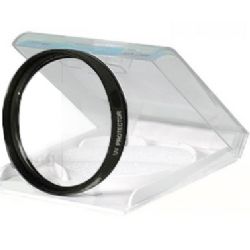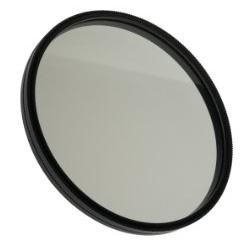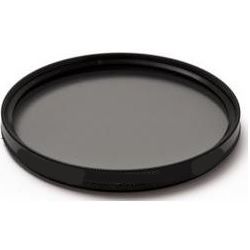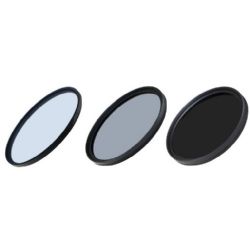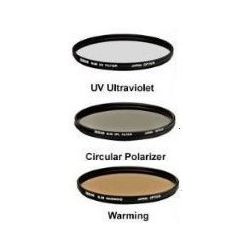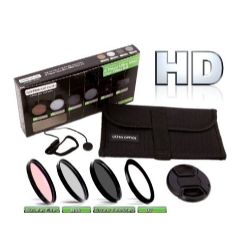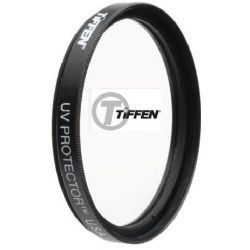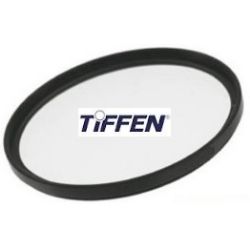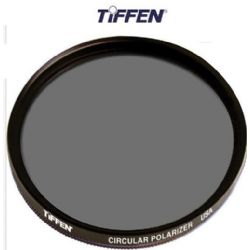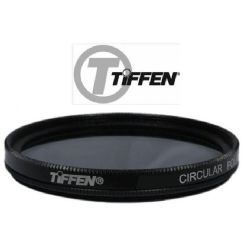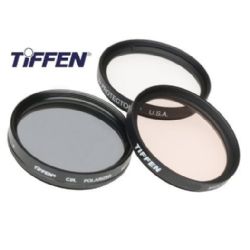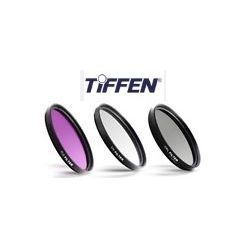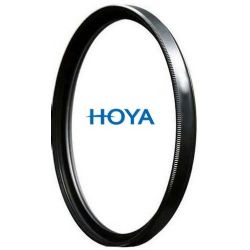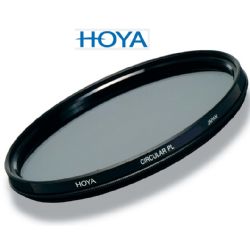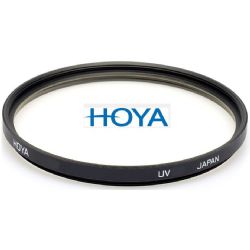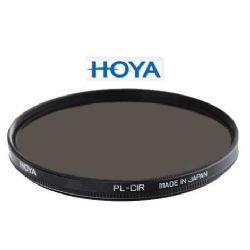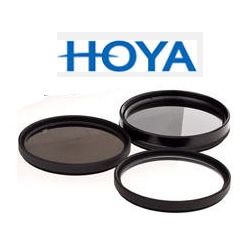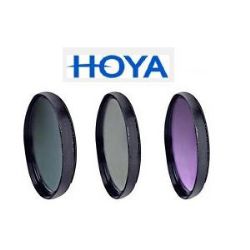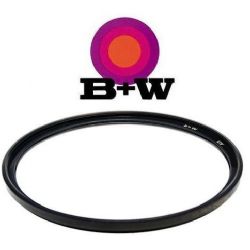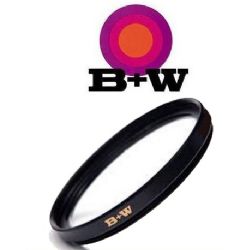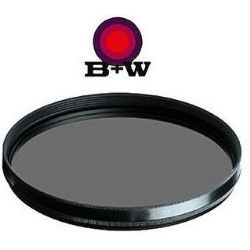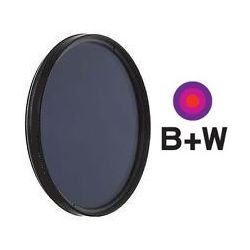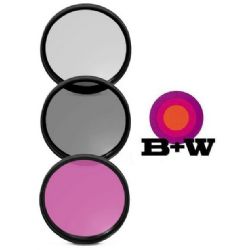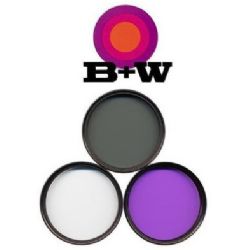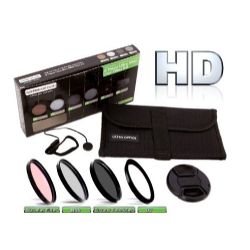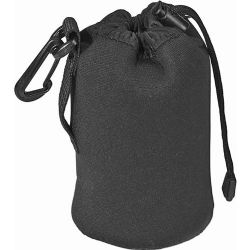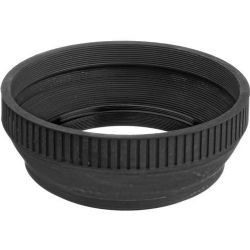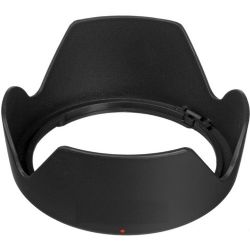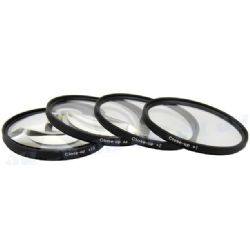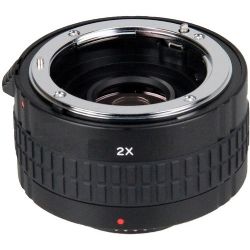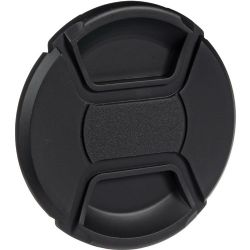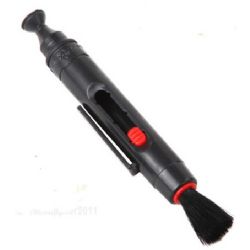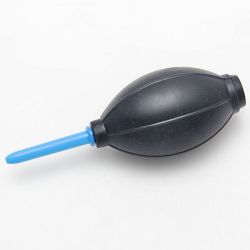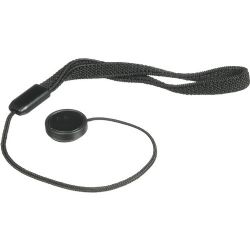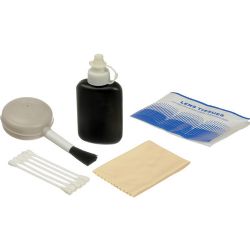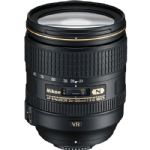



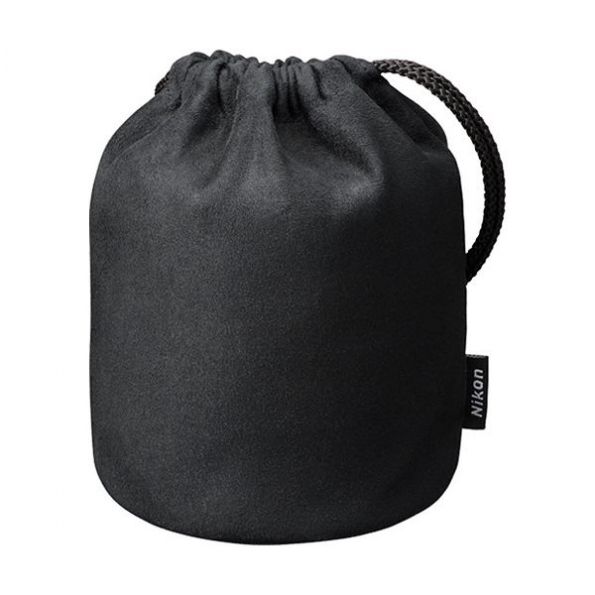
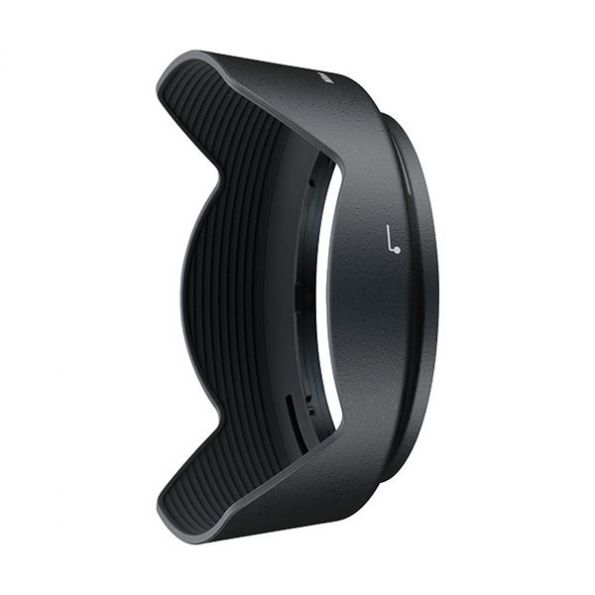



Nikon 24-120mm AF-S NIKKOR f/4G ED VR Zoom Lens
$549.00
$999.99
You Save: $450.99 (45%)
In Stock
Ships in 1-2 Business Days
Item: 278309
Manufacture: Nikon
Condition: New
Extended Warranty Protection Plans
Filters & Filter Kits
Pouches & Cases
Assorted Hoods
Extenders, Converters, Close Up Accessories
Caps & Lens Holders
Lens Cleaning & Care
The Nikon 24-120mm ƒ/4G VR is an updated replacement for the 24-120mm ƒ/3.5-5.6 VR. The 24-120mm zoom lens has a long history with Nikon, introduced in 1996 with its variable aperture, and then again in 2003, this time with the addition of vibration reduction (VR) technology.
The new lens abandons the variable aperture for a constant design, with ƒ/4 as the largest aperture size. The lens continues to be designed to fit the FX (35mm) sensor, and when mounted on a APS-C body, the lens will provide an effective field of view of 36-180mm.
The lens ships with a petal-shaped lens hood, takes 77mm filters, and is available now for approximately $1,300.
Sharpness
We'll start with the performance of the 24-120mm ƒ/4G VR when mounted on the sub-frame D300s. In general, performance is best in the wide-angle and mid-range, and surprisingly, it performs at its best when used wide open or stopped down just slightly.
When set to its widest aperture setting (ƒ/4) and 24mm, the lens is almost tack-sharp already - we note just 1 blur unit in the center, and just under 1.5 blur units in the corners. Stopping down does not really improve performance at 24mm; in fact, if you're shooting at this setting the best performance comes at ƒ/4 and slowly degrades as the lens is stopped down. The most obvious point is at ƒ/11 where diffraction limiting has begun to settle in, and we note results of around 2 blur units across the frame. It's three units at ƒ/16, and four units at ƒ/22, where it's fairly uneven across the frame. The mid-range performance (28-50mm) is similar but slightly better; the optimal setting for sharpness comes at 50mm and ƒ/5.6, where the lens is essentially tack-sharp across the frame.
At 70mm and above we begin to note some issues with sharpness. In particular, corner softness is fairly high when used at ƒ/4 from 70-120mm; a small patch of central sharpness, surrounded by 3-4 blur units of corner softness. It's worst at 85mm, where the corner softness is in the range of 5-6 blur units. However, stopping down to by just one stop to ƒ/5.6 almost completely cures this problem, and we note the same excellent performance of the wide- and mid-range angles. Fully zoomed-in performance (120mm) is actually a bit better than that found at 70 and 85mm.
With the lens mounted on the full-frame D3x, corner issues are much more problematic; what was excellent on subframe becomes merely good on full, and what was mediocre becomes quite poor indeed.
Specifically, wide-angle and mid-range performance is still fairly good, but in this case optimal performance is no longer found at the lens' widest aperture settings, as corner softness is now a factor. Stopping down reins in the corner softness, and so the recommendation here for optimal sharpness is to stick to ƒ/5.6, where we see between 1-2 blur units across the frame.
| Image Circle | 35mm |
|---|---|
| Type | Standard Zoom |
| Focal Length | 24 - 120mm |
| APS Equivalent | 36 - 180mm |
| Max Aperture | ƒ/4 |
| Min Aperture | ƒ/22 |
| Diaphragm Blades | 9 (rounded) |
| Lens Construction | 17 elements in 13 groups, including 3 aspherical and 2 ED elements |
| Diagonal Angle of View(Based on image circle) | 84 to 20.5 degrees |
| Focus Details | AF-S with Silent Wave Motor (SWM) and internal focusing; M/A focus mode switch |
| Front Element Rotation | No |
| Zoom System | Rotary |
| Closest Focus | 0.45m / 1.5 ft. |
| Magnification Ratio | 0.24x / 1:4.2 |
| Filter Size | 77mm |
• 77mm Snap-On Lens Cap
• LF-1 Rear Lens Cap for F Mount Lenses
• HB-53 Bayonet Lens Hood
• CL-1218 Soft Lens Case
• Brand New Factory Fresh Import Model




